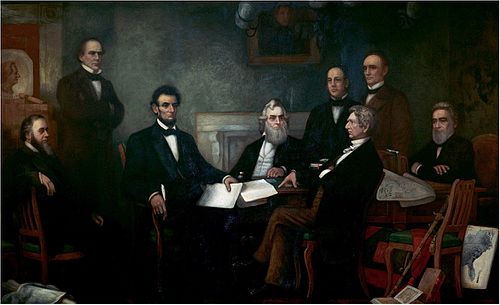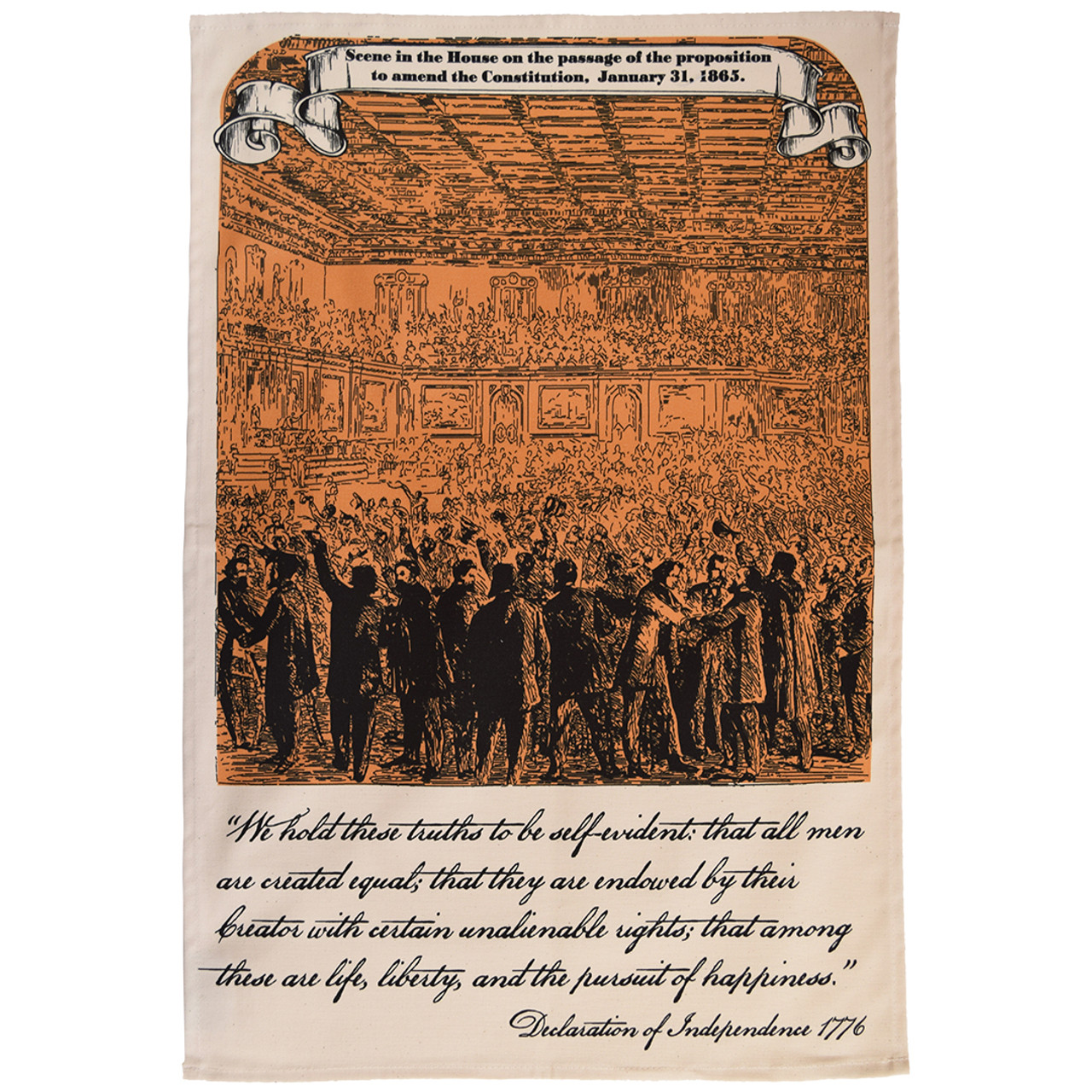Forty Acres and a Mule: The Story of the Reconstruction Era
Posted by Pete on Jan 17th 2023

On this MLK Day, our historian Pete talks about the radical promise of the Reconstruction years
“White historians had for a century crudely distorted the Negro’s role in the Reconstruction years. It was a conscious and deliberate manipulation of history and the stakes were high.”
This is from Martin Luther King’s speech, in 1968, celebrating W.E.B. Du Bois' 100th birthday.
Du Bois was the great historian of Reconstruction-era America.
An interim of black freedom between Union victory in the Civil War and the resurgence of defeated Southern elites in the 1870s, Reconstruction was a moment full of promise.
An activist, sociologist, and co-founder of the NAACP, Du Bois was one of the leading experts on the Reconstruction era
Click to view our W.E.B. Du Bois tea towel
Dr King saw Reconstruction as African Americans’ most important and creative period of history:
“It was the only period in which democracy existed in the South.”
Precisely because Reconstruction had been such an impressive example of multiracial democracy in the U.S., pro-Confederate historians set out to denigrate it.
The example of effective, black political activity, often in solidarity with working-class white Southerners, was too dangerous to be left alone.
From the late nineteenth century, there was a sustained effort to besmirch the period.
The democracy which black activists had built in the South during Reconstruction was dismissed as “anarchy”. President Ulysses S. Grant, a key ally of the Reconstruction agenda, was denounced as a corrupt drunkard.
It was W. E. B. Du Bois who began the pushback against this fake history in 1935, when his book Black Reconstruction was published.
And Dr King was carrying on the effort in the 1960s.
This Martin Luther King Day, then, seems appropriate to explore a little Reconstruction radical history.
Celebrating Martin Luther King's birthday, MLK Day is observed on the third Monday of January every year
Click to view our Martin Luther King tea towel
Coincidentally, today is also the anniversary of the boringly named ‘Special Field Orders No.15’.
On 16 January, 1865, General William Tecumseh Sherman ordered that 400,000 acres of land, confiscated from Confederate planters in Georgia, be redistributed to freed slaves and other African Americans.
Sherman, whose middle name was a tribute to the Shawnee indigenous leader Tecumseh, was one of the key figures in the Union victory.
His ‘March to the Sea’ at the end of 1864, when he cut through Confederate territory from Atlanta to Savannah, pushed the South to the brink of surrender.
And during that march, Sherman’s army had attracted thousands of escaped slaves from nearby plantations.
After discussing the refugees with local black clergymen and Radical Republicans like Thaddeus Stevens, General Sherman issued the Special Field Orders.
Using the authority of the Emancipation Proclamation and the war powers of the Presidency, rebel plantations in several southern states would be parcelled out into 40-acre plots and transferred to black families.
Freed from slavery, African-Americans would each receive “Forty acres and a mule.”
The Thirteenth, Fourteenth and Fifteenth amendments to the US constitution, adopted between 1865-70, became known as the Reconstruction Amendments
Click to view our Reconstruction tea towel
Implementation was entrusted to Brigadier Rufus Saxton, an abolitionist who, like Frederick Douglass, had previously worked on incorporating black volunteers into the Union Army.
The policy initiated by General Sherman in Georgia had the potential to turn Union victory and abolition into something even more radical.
Land redistribution, from planters to black smallholders, would have broken the material basis of the Southern ruling class.
It would have been a social revolution, like that achieved in Haiti during the 1790s and 1800s. The racial hierarchy might have been dismantled.
But it wasn’t to be.
The accession of Andrew Johnson to the Presidency, after Abraham Lincoln's assassination, was the beginning of the end for Reconstruction.
Johnson was intent on reconciling the former Confederate ruling class, at any cost.
One of his early moves was to order that the land redistributed by General Sherman be returned to its former owners, so long as they swore an oath of loyalty to the restored Union.
On the ground, activists like Brigadier Saxton refused to implement the order.
This bought some time for Radical Republicans in Congress to take measures to protect some of the redistributed land against Johnson’s treachery.
But it wasn’t enough. The reactionary deconstruction of Reconstruction steamed ahead.
The Klan, Jim Crow. This was the America of the later nineteenth century. It was the America which Dr King inherited in the 1950s.
Even so, the dream of Reconstruction lived on.
Martin Luther King, Du Bois, and countless other civil rights activists looked back to Reconstruction for inspiration as they struggled against the legacy of its defeat.



